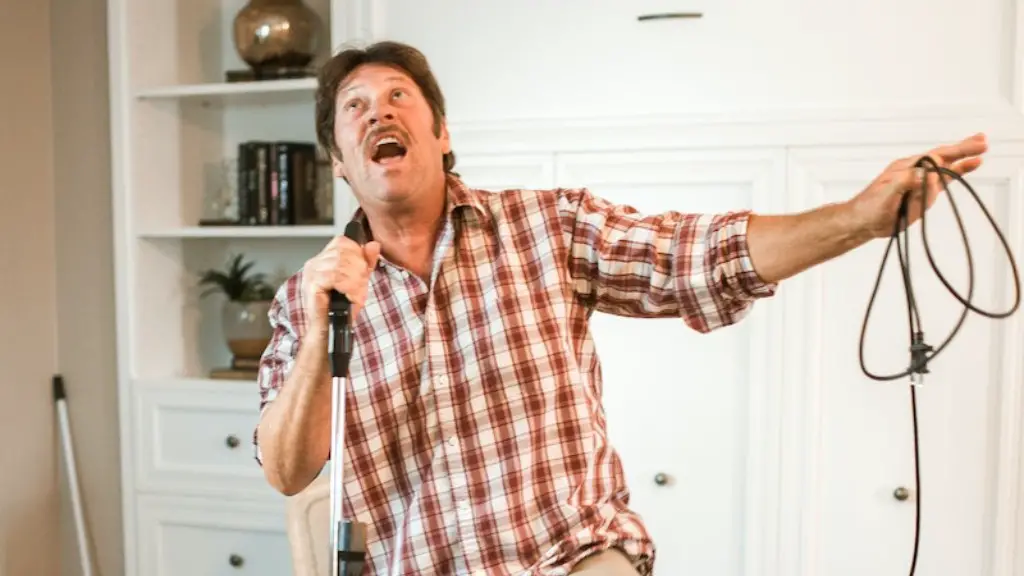How to Draw Full Body
Do you want to learn how to draw a full body? Are you eager to create striking paintings and murals featuring human figures? Drawing full bodies can be both fun and creative, so don’t be intimidated by the task at hand. With a bit of time, patience, and practice, you’ll be creating amazing works of art in no time.
Getting Started
Before starting on anything, you want to make sure that your canvas and tools are prepared. Gather your paper, pencils, and paints and do a little stretching. It’s important to stay loose and limber while drawing to achieve the most fluid motion possible. Draw some basic shapes on your canvas and sketch out the structure you’re looking for before adding details or color. You can make this sketch as simple or as detailed as you’d like.
Drawing the Torso
The torso is the heart of the body and for many artists, where their pieces begin. Use two circles to start the torso and then draw a line connecting them to make the waistline. From there, add details like the arms, legs, face, and neckline. Make sure to pay attention to proportions and try to create as realistic of an image as possible. Once you have the basic structure drawn, you can move onto the more intricate details of the body.
Drawing the Arms and Legs
Drawing the arms and legs can be tricky, so it’s important to take it one step at a time. Start with the joints, such as the shoulder and elbow. Use circles or ovals to create the joints and then connect them with straight lines. Don’t forget to include the hands and feet, which can be tricky to draw. Pay close attention to the size and shape of the fingers and toes and shade them properly.
Facial Expressions
Facial expressions can be hard to depict, but they can also be very rewarding. Use circles, lines, and curves to create realistic eyes and lips. Don’t forget to add hair and clothing to enhance the image. Finally, you can use shadows and highlights to create more drama and emotion.
Adding Backgrounds
Backgrounds can take your full body drawings to the next level. Whether you choose to draw a landscape, cityscape, or a deep and dark forest, backgrounds can truly add to the piece. To make the background come alive, try to draw as many details as possible with plenty of color and contrast. Think about the theme of the piece and how it relates to the background.
Rather Look To the Future
Rather than looking to the past, look to the future. What could you create with a few more brushstrokes? Is there a different color palette that you could use? Think of the bodies in abstract terms and see if you can come up with something that has a dream-like or surreal quality. Furthermore, experiment with light and dark sources to create more dynamic portraits.
Using Reference Material
Don’t be afraid to use reference material for your drawings. Photographs, models, and videos are all great resources for creating full body drawings and paintings. Reference material can provide you with inspiration and perspective, in addition to giving you an idea of how to draw different limbs and body types.
Doodling and Sketching
Don’t be afraid to doodle and sketch. Even if you’re not working on a particular piece, practice drawing full body figures every day. This will help you build muscle memory and perfect the skill in no time. Plus, your doodles and sketches can help you come up with great ideas for future full body pieces.
Adding the Finishing Touches
Once you’ve drawn everything out and added all the appropriate colors, you can add the finishing touches. Take a step back and really look at the full body piece from a distance. Does it look like something that you’d be proud to show off? Make sure that the colors flow together and that all of the lines are even and smooth. Add some final details like extra ligatures to really bring the piece to life.
Drawing is a Process
Drawing full body figures is a process. Don’t be too hard on yourself if your first attempts don’t come out like you’d hoped. With time, patience, and practice, you’ll eventually master this skill. It’s all part of the journey and it can be fun along the way. Now get out there and create some masterpieces!
